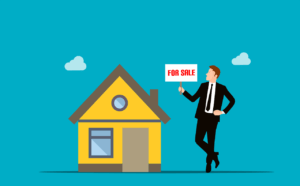Your routine is your frenemy. Let’s repeat this paradoxical reality again. Your daily routine is your frenemy. It’s an often unspoken, difficult truth. Something most of us either ignore or just never think about. Regardless, it is inescapable, because there are two sides to everything. And your daily routine is certainly no exception. What is supposed to be highly advantageous, can also unleash equal disadvantages. So, it’s time to look at this with a curious, open mind.
Biggest Daily Routine Benefits
Routines obviously have their benefits. Otherwise, we would not institute and follow them at all. For example, keeping you on time and task certainly is a huge advantage. By following a routine, you are much less likely to get distracted and you’ll complete priorities in order of importance. Additionally, a routine helps with the ebb and flow of life. Which is to say, uncomfortable or emergency situations.It’s a fundamental truth that sometimes the greatest barrier to your success is yourself. Not that you don’t try, aren’t talented, or don’t have the resources to succeed–you do. It’s just that a self-limiting mindset can creep into your worldview without you realizing it, keeping the achievement of your goals forever on an unreachable horizon. —Inc.comIt’s common advice that when you’re in unfamiliar territory and feel overwhelmed, settle back into your routine. This helps you to relax and look at the bigger picture. Ultimately, it gives you the calming effect of being in control. Moreover, a routine lets you to chart your progress throughout the day. You feel a sense of accomplishment with each line item you cross off your list.
3 Ways Your Routine Sabotages Your Business
Although routines are beneficial on one hand, on the other, they can be downright detrimental. We usually don’t see these disadvantages because routines offer a sense of continuity and comfort — to mindsets that can be counterproductive. Here are three unconscious mental blocks that your routines create and hold back your business:- You feel satisfied. There’s nothing quite like the feeling of satisfaction. It puts your mind at ease and lets you put your brain on idle. And, that’s the very problem with the mind being satisfied — the satiation is an impediment to wanting and doing more. When you are satisfied, you stop and disengage. Done too often, this is a recipe for stagnation.
- You’re not as creative. Have you ever noticed those “eureka” moments are now few and far between, or worse yet, absent entirely? When you started your business, you did so with enthusiasm, drive, and purpose. But, you’ve come to a point where you’re not nearly creative as you were in the past. That’s because you’re just following a routine, which means your no longer freeing yourself to think outside of the box.
- You can’t envision a different future Sure, the future is always uncertain. However, there’s a difference between not knowing and not dreaming. If you hit enough of your goals, you’ll probably stop thinking about reaching new achievements and that is tantamount to not reimagining your possible future. After all, as time goes by, changes occur and the future might actually look completely different than it did before.




